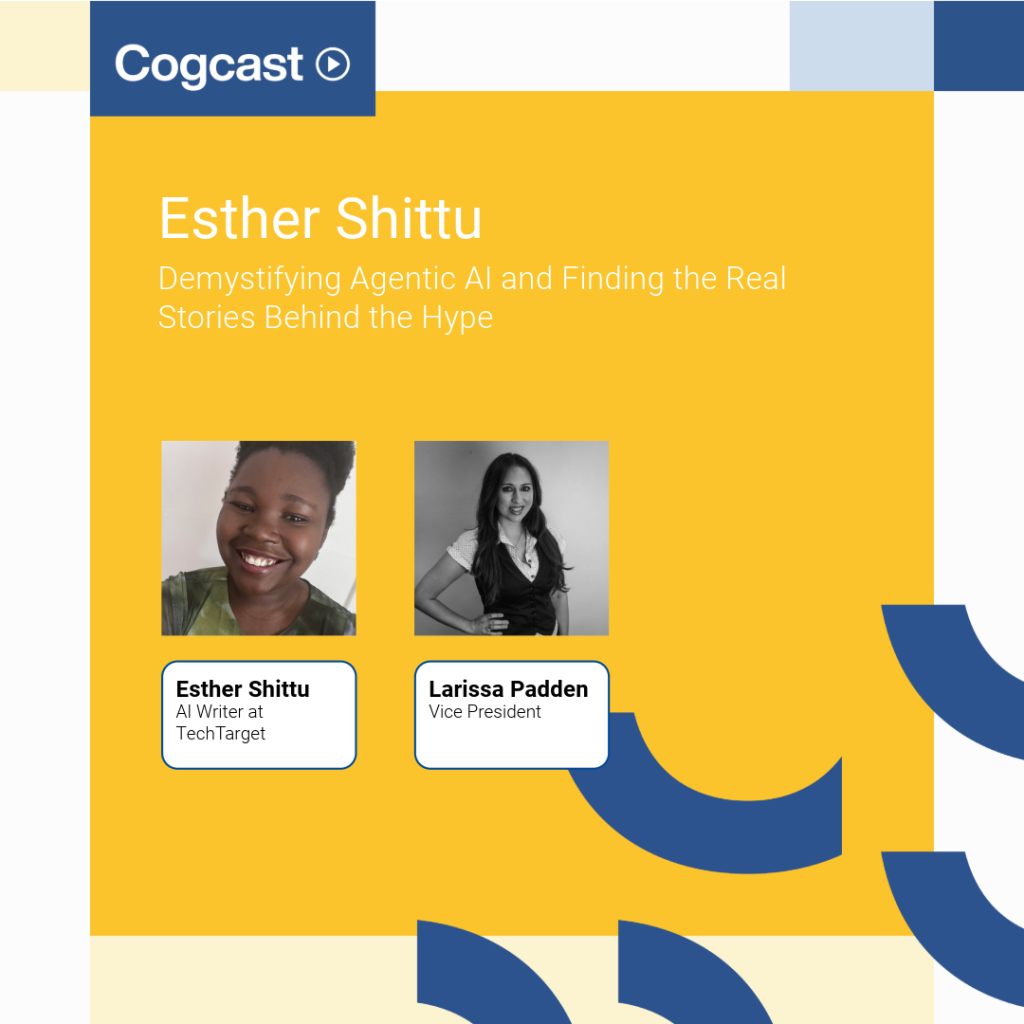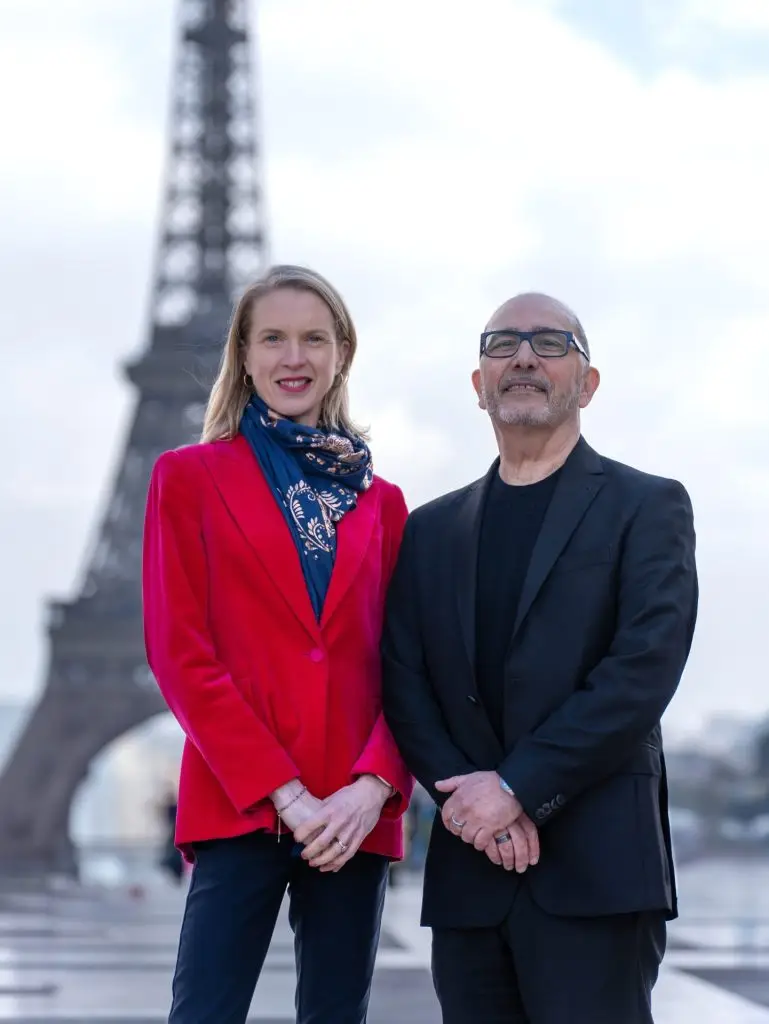Another Climate Week NYC done and dusted.
We were there, along with 100,000 others in town specifically for the event – more than double the expected number of COP29 attendees in Baku later this year.
Leaders from across the world also gathered at the U.N. General Assembly during the week, against the backdrop of the most violent conflicts since 1945. That said, there was an air of optimism and collaboration as nearly all the world’s governments adopted a new Pact of the Future under the U.N.
At the same time, the over 900 official Climate Week events – and many other unofficial ones – gave attendees opportunities to network, listen, advocate for change and campaign, and implement.
We were at a snapshot of these events, and below have summarised some of our
key takeaways from what we heard…
1. “It’s Time” for the Voluntary Carbon Market
All eyes were on the contested Voluntary Carbon Market (VCM), and
for the first time ever, there was a dedicated “VCM Day”, hosted jointly by the Integrity Council (ICVCM), the Voluntary Carbon Markets Integrity Initiative (VCMI), and Bloomberg’s Global Carbon Markets Utility (GCMU).
Speakers including Mark Carney, Bill Winters, Wally Adeyemo and Chris Canavan spoke about the importance of locally anchored, connected, high integrity markets, and the importance of standards being “baked in” and infrastructure having the ability to stand-up to the demands of regulators.
Compared to last year’s Climate Week, which was somewhat shrouded against a backdrop of negative media attention of the VCM, this year there was more of a positive tone in the air about the new era of “high integrity” carbon markets where trust is the watchword.
From talking to participants across many VCM events during Climate Week, it’s clear that communications still plays an essential role in rebuilding trust when it comes to high-integrity carbon markets.
2. Greenwashing – where risk management and communications converges
Greenwashing continued to come up as a major risk area for businesses – one that is relevant across many different operational roles including legal, management, marketing and communications.
The central takeaway was this: due to the reporting and disclosure rules companies are now facing, greenwashing risk is a real danger for companies to contend with. Tacking it requires a holistic approach bringing all stakeholders together who are responsible for climate disclosure and regulations.
Technology can help – AI is playing more of a role in helping companies identify greenwashing risks in public-facing materials. But ultimately its critical for businesses to have good governance, honesty and truth around transition planning and how this is featured in public facing materials.
3. Pay attention to emerging markets
There was a huge focus on emerging markets. And rightly so. 85% of the world’s population resides in these economies and their success in transitioning to low-carbon systems is critical.
There are challenges when it comes to mobilising capital for clean energy in these regions. But there is a considerable opportunity for long-term returns through sustainable finance.
Financial actors were encouraged across many events we attended to engage more deeply with these markets to drive climate resilience and decarbonisation.
Related to this there was a lot of focus on community empowerment and partnership in energy transition programmes. Ensuring that climate policies respect human rights was a major theme, with companies encouraged to strengthen their human rights commitments as they pursue net-zero goals.
4. Collaborate to succeed
Collaboration was a real buzzword, with an emphasis on public-private partnerships, and how policymakers must collaborate more deeply both globally, but also with private investors, to create incentives that mobilise significant climate investments.
Closing the climate finance gap will require decisive policy interventions, multigenerational and cross-sector leadership, and clear demand signals from the private sector to influence policymakers.
The increasing role of the private sector in driving climate solutions was clear. The impact of the Inflation Reduction Act over the past two years, alongside corporate sustainability commitments, highlights the expanding responsibility of businesses in conjunction with powerful policy incentives.
5. Do more with climate risk data
As regulatory frameworks for climate-related financial disclosures continue to tighten globally, we attended many different sessions that touched on how financial institutions can better comply with new regulations.
With regulations such as the European Union’s Corporate Sustainability Reporting Directive (CSRD) set to come into full effect in 2025, there was consensus on the need for banks and asset managers to integrate climate risk assessments into their decision-making processes.
Data also plays an essential role in portfolio construction, compliance, but also in communications – giving companies the opportunity to point to progress and own where they need to do more in climate transition storytelling.
6. Nature action: corporate apprehension vs motivation
Nature and biodiversity were prominent as themes across many different events we attending, testament to the excitement building towards COP16 in Cali, Columbia later this month.
Community engagement was a core focus – ensuring that communities were seen as equals in nature projects, rather than treating them as participants or stakeholders.
Conversely, we also noted some corporate apprehension around investing in carbon, biodiversity, and other nature-based projects. We heard about the clear challenges of how you measure biodiversity – given it is much more nuanced than its carbon cousin, and has much more variability between landscapes.
As a communications takeaway, we heard how many are concerned by reputational risks associated with the widespread criticisms that nature-based projects have received. However while companies fear backlash, many are still motivated to invest in nature.
7. Clear, relevant communications matters
We are chiefly concerned with the quality of communications around the climate transition. During the week we heard about frustrations of the “alphabet soup” of acronyms, obscure terminology and overly technical language, where several sessions touched on this.
Our sense is that there’s not a one size fits all approach to climate communications. What investors need to hear is not the same as the general public across different geographies.
We must be clear, tailored, and inclusive of a broad, international audience.
What’s next?
The general focus in New York was on implementation – and how we can make the transition happen. There is a palpable need for accelerated collaborative action.
The coming months will be crucial as we look towards COP16 in Columbia, and COP29 in Azerbaijan and we see this action unfurl. We’ll be following developments closely and the build up towards these events – sharing additional content and event programming during this time.
To learn more about our sustainability practice contact [email protected].





